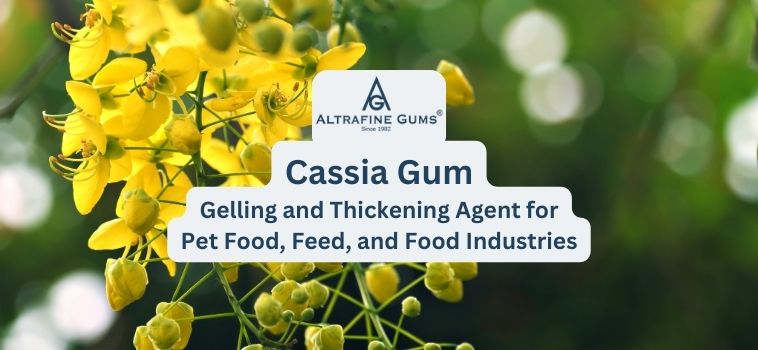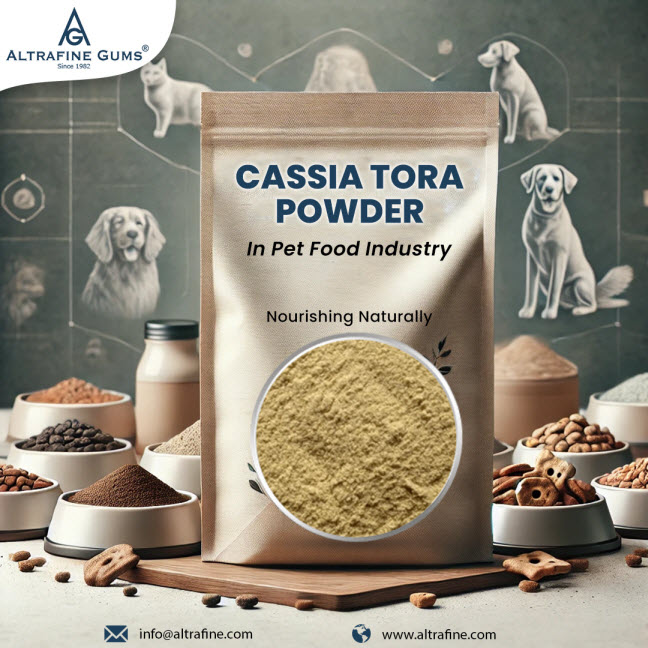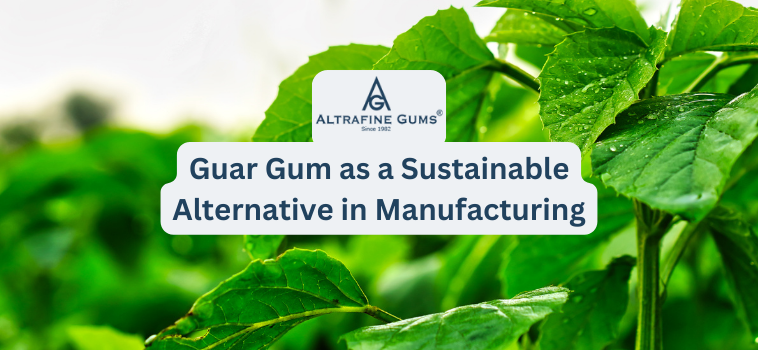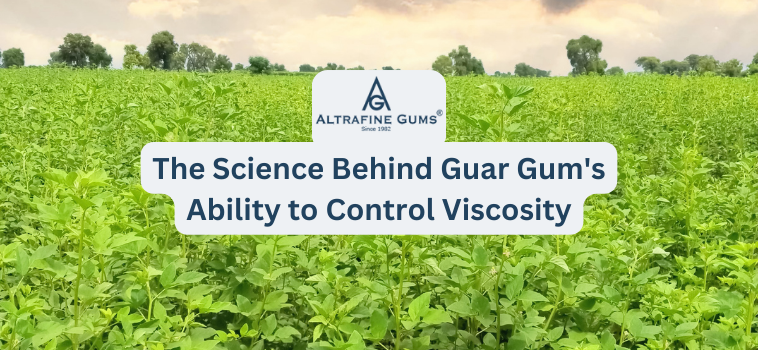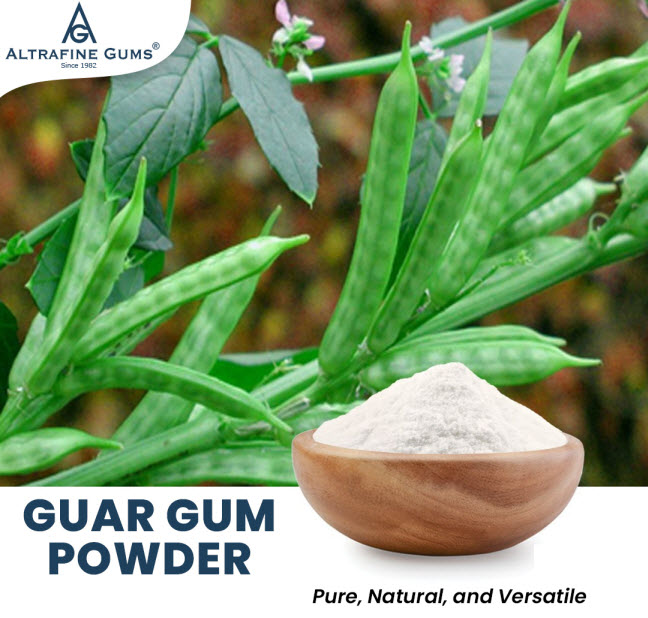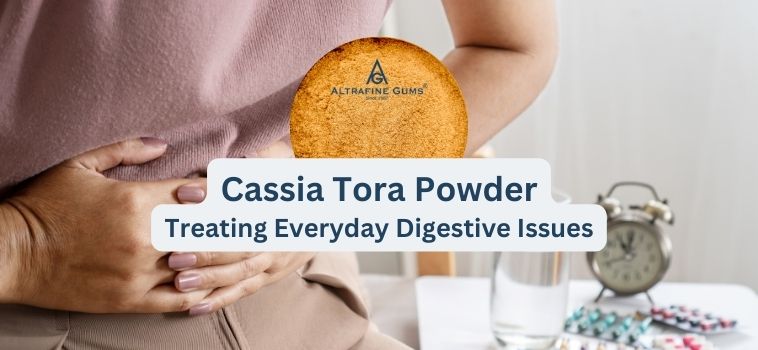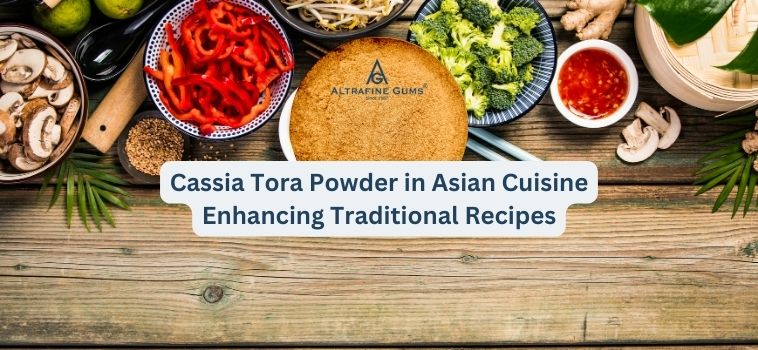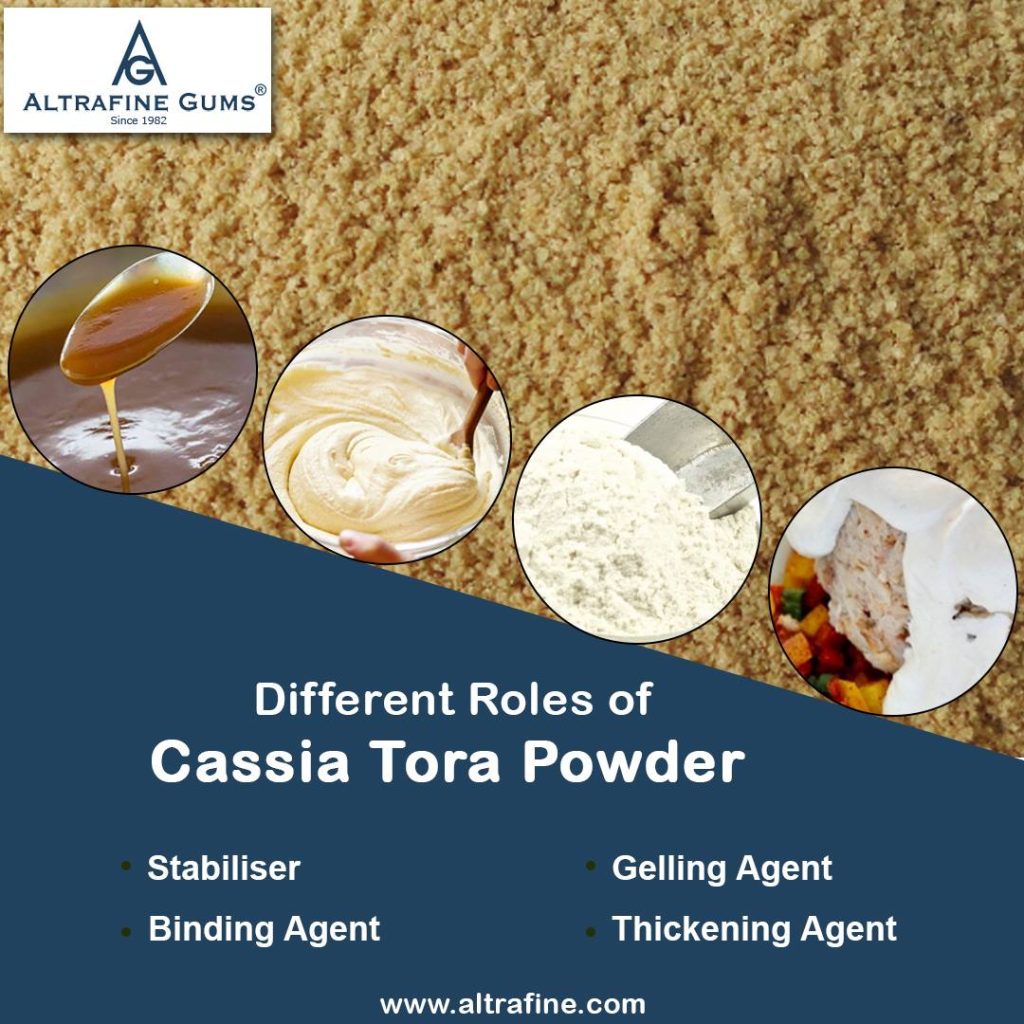Overview of Hydraulic Fracturing
Hydraulic fracturing, commonly known as fracking, is a method used in the oil and gas industry to extract oil and natural gas from deep underground rock formations. This technique involves injecting a high-pressure fluid mixture, consisting of water, sand, and various additives, into the rock. The high pressure creates fractures in the rock, allowing trapped oil or gas to flow to the surface for extraction.
Role of Guar Gum in Fracking
One of the critical components of fracking fluids is guar gum powder. Derived from the seeds of the guar plant, guar gum acts as a natural thickening agent, increasing the viscosity of the fluid. The thickened fluid can effectively carry and suspend sand particles, known as proppants, which are used to keep the fractures open. This ensures the continuous flow of oil or gas, enhancing the efficiency of the extraction process.
Why Guar Gum is Essential
Guar gum’s ability to thicken and stabilize fluids under high pressure makes it indispensable in fracking. It is preferred over synthetic alternatives due to its natural origin, biodegradability, and effectiveness.
How to Enhance Oil and Gas Drilling Efficiency with Guar Gum
- Improve Viscosity Control: Guar gum thickens drilling fluids, improving their ability to transport proppants and enhancing the effectiveness of hydraulic fracturing.
- Reduce Water Loss: It forms an impermeable barrier on the rock surface, minimizing fluid leakage and maintaining wellbore stability.
- Provide Lubrication: The gum’s lubricating properties reduce equipment friction, preventing wear and tear.
- Optimize Performance in Harsh Conditions: Guar gum derivatives, like hydroxypropyl guar (HPG), provide superior performance under high pressure and temperature.
Properties of Guar Gum in Drilling Fluids
The unique properties of guar gum make it highly effective in oil and gas drilling operations. These properties include:
- Viscosity Control: Guar gum significantly increases the viscosity of drilling fluids, allowing them to carry and transport proppants efficiently. The high-viscosity fluid ensures that the proppants are evenly distributed in the fractures, keeping them open and facilitating the flow of hydrocarbons.
- Water Loss Control: One of the challenges in hydraulic fracturing is fluid loss, where the drilling fluid leaks into the surrounding rock formation. Guar gum helps control fluid loss by forming a thin, impermeable film on the rock surface, reducing the risk of water infiltration and maintaining the stability of the wellbore.
- Lubrication: The lubricating properties of guar gum reduce friction between the drilling equipment and the rock formation. This minimizes wear and tear on drilling machinery and enhances the overall efficiency of the drilling process.
- Application Benefits: These properties make guar gum an ideal additive for optimizing drilling performance, minimizing operational risks, and ensuring successful oil and gas extraction.
Environmental Considerations
The use of natural guar gum in oil and gas drilling has several environmental benefits compared to synthetic alternatives. As environmental concerns become increasingly important in the energy sector, guar gum’s biodegradable nature offers a more sustainable solution.
- Biodegradability: Guar gum is a natural product that breaks down easily in the environment, reducing the ecological impact of fracking fluids. Unlike synthetic polymers, which can persist in the environment for long periods, guar gum decomposes naturally, minimizing pollution.
- Reduced Chemical Use: By using guar gum as a thickening agent, drilling operations can reduce the need for harsher chemical additives. This contributes to cleaner and safer operations, benefiting both the environment and surrounding communities.
- Lower Environmental Footprint: The cultivation and processing of guar gum are less energy-intensive than the production of synthetic alternatives. As a result, the carbon footprint of using guar gum in drilling fluids is comparatively lower.
- Sustainability Initiatives: With increasing regulatory pressure and public scrutiny, oil and gas companies are prioritizing eco-friendly practices. The use of natural additives like guar gum aligns with these sustainability goals, promoting responsible energy extraction.
Guar Gum Derivatives
In addition to raw guar gum powder, the oil and gas industry also uses various guar gum derivatives to enhance drilling fluid performance. One of the most commonly used derivatives is hydroxypropyl guar (HPG).
- Hydroxypropyl Guar (HPG): HPG is a modified form of guar gum that offers better thermal stability and improved performance under extreme temperature and pressure conditions. It is widely used in deep well drilling and high-temperature applications.
- Other Derivatives: Guar gum can be chemically modified to create derivatives with specific properties, such as increased hydration speed or enhanced shear resistance. These derivatives are tailored to meet the unique requirements of different drilling environments.
- Benefits of Using Derivatives: The modified versions of guar gum provide greater control over fluid properties, allowing for more efficient drilling operations and reduced environmental impact. They also offer better compatibility with other additives used in fracking fluids.

Future of Guar Gum in the Energy Sector
The future of guar gum in the oil and gas industry is shaped by technological advancements and a growing emphasis on sustainability. As the energy sector evolves, several trends are emerging that could influence the use of guar gum:
- Innovations in Guar Gum Processing: Researchers and manufacturers are exploring new methods to enhance the efficiency and performance of guar gum. Innovations such as rapid hydration guar gum and improved derivatization techniques are making guar gum more effective in demanding drilling applications.
- Sustainable Sourcing and Cultivation: The demand for sustainably sourced guar gum is increasing, driven by the need for environmentally responsible practices. Efforts are being made to improve the cultivation of guar crops, using water-efficient farming methods and promoting organic farming practices.
- Integration with Green Technologies: As the oil and gas industry transitions toward cleaner energy sources, the role of guar gum may evolve. It could be integrated with emerging green technologies, such as geothermal energy extraction, where environmentally friendly drilling fluids are essential.
- Market Outlook: The global demand for guar gum is expected to remain strong, particularly as energy companies invest in more sustainable and efficient extraction methods. The continued focus on reducing the environmental impact of drilling operations will drive innovation and the adoption of natural additives like guar gum.

FAQs About Guar Gum Powder in Oil and Gas Drilling
1. What is guar gum, and why is it used in oil and gas drilling?
Guar gum is a natural thickening agent derived from guar beans. It is used in oil and gas drilling, especially in hydraulic fracturing, to increase the viscosity of fracking fluids, carry proppants, and improve drilling efficiency.
2. How does guar gum enhance fracking fluid performance?
Guar gum increases the viscosity of fracking fluids, allowing them to carry sand proppants effectively. It also helps control water loss and provides lubrication, reducing equipment friction and wear.
3. What are the environmental benefits of using guar gum in drilling?
Guar gum is biodegradable and environmentally friendly compared to synthetic additives. It reduces chemical use in drilling fluids and has a lower environmental footprint, making it a more sustainable option.
4. What is hydroxypropyl guar (HPG), and why is it used?
Hydroxypropyl guar (HPG) is a derivative of guar gum that offers better thermal stability and performance under high pressure and temperature conditions. It is used in deep well and high-temperature drilling applications.
5. Are there any disadvantages to using guar gum in fracking?
One potential downside is that guar gum can degrade under extreme conditions, reducing its effectiveness. However, modified derivatives like HPG are designed to address this issue.
6. How is guar gum sourced for the oil and gas industry?
Guar gum is primarily sourced from India and Pakistan, where the guar plant is cultivated. Sustainable farming practices are being promoted to ensure a reliable and eco-friendly supply.
7. What are the future trends for guar gum in the energy sector?
Future trends include advancements in guar gum processing, sustainable sourcing initiatives, and the integration of guar gum with new energy technologies, such as geothermal drilling.
8. How does guar gum compare to synthetic drilling additives?
Guar gum is preferred for its natural origin and biodegradability. While synthetic additives may offer specific advantages in extreme conditions, guar gum is more environmentally friendly and cost-effective.


